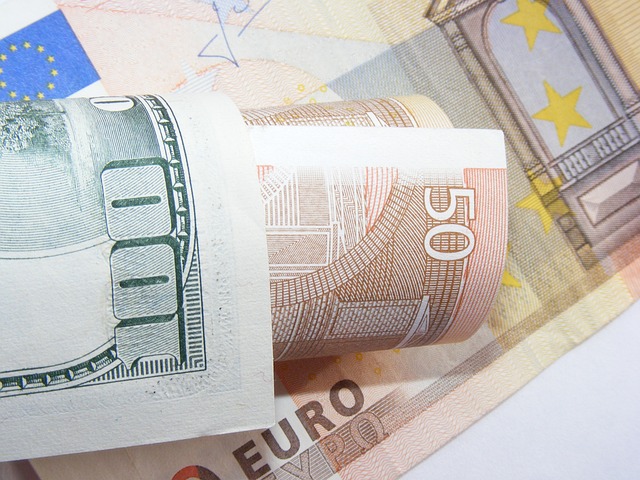Utilities: Electricity, Water, and Heating in the Netherlands

When moving to or living in the Netherlands, understanding the utilities system is essential for a smooth transition and comfortable daily life. The Netherlands is known for its efficient and well-organized infrastructure, including electricity, water, and heating services. This article provides a comprehensive guide to utilities in the Netherlands, covering how they work, costs, and tips for managing them effectively.
1. Electricity
Electricity in the Netherlands is reliable and widely available, with a strong focus on sustainability and renewable energy.
Providers and Tariffs
The Dutch electricity market is liberalized, meaning consumers can choose from various providers. Some of the major electricity companies include:
- Eneco
- Vattenfall
- Essent
- Greenchoice
When selecting a provider, consider factors such as pricing, customer service, and the percentage of renewable energy offered. Many providers offer green energy options, which are increasingly popular in the Netherlands.
Costs
Electricity costs in the Netherlands are relatively high compared to some other countries. The average household pays around €50-€100 per month, depending on usage and the provider. Prices typically include:
- Energy consumption (per kWh)
- Standing charge (fixed monthly fee)
- Taxes and levies
Tips for Saving Electricity
- Switch to LED Bulbs: LED bulbs are more energy-efficient and have a longer lifespan.
- Use Energy-Efficient Appliances: Look for appliances with high energy efficiency ratings.
- Monitor Usage: Smart meters are commonly used in the Netherlands to track energy consumption and help manage usage.
2. Water
The Netherlands has an excellent water supply system, providing high-quality drinking water to all households.
Providers
Water supply is managed by regional water companies. Some of the major providers include:
- Vitens
- Waternet
- Evides
Unlike electricity and gas, consumers cannot choose their water provider, as it is determined by their location.
Costs
Water costs in the Netherlands are relatively moderate. The average household pays around €20-€30 per month. Costs typically include:
- Water consumption (per cubic meter)
- Standing charge (fixed monthly fee)
- Sewerage and water purification charges
Tips for Saving Water
- Fix Leaks: Repair any leaks promptly to avoid wasting water.
- Install Water-Saving Devices: Use water-saving showerheads and faucets.
- Be Mindful of Usage: Turn off the tap while brushing teeth or washing dishes.
3. Heating
Heating in the Netherlands is primarily provided through natural gas, although there is a growing shift towards more sustainable options.
Providers and Tariffs
Similar to electricity, the gas market is liberalized, allowing consumers to choose their provider. Major gas companies include:
- Eneco
- Vattenfall
- Essent
- Greenchoice
When selecting a provider, consider factors such as pricing, customer service, and the availability of green energy options.
Costs
Heating costs can vary significantly depending on the size of the home, insulation, and usage. The average household pays around €100-€150 per month for gas, which typically includes:
- Gas consumption (per cubic meter)
- Standing charge (fixed monthly fee)
- Taxes and levies
Tips for Saving on Heating
- Improve Insulation: Proper insulation can significantly reduce heating costs.
- Use a Programmable Thermostat: Set the thermostat to lower temperatures when you’re not home.
- Regular Maintenance: Ensure your heating system is regularly maintained for optimal efficiency.
4. Combined Utilities Packages
Many providers offer combined packages for electricity, gas, and sometimes even internet and TV. These packages can offer convenience and potential savings. When considering a combined package, compare the total costs and benefits to ensure it meets your needs.
5. Billing and Payment
Utilities in the Netherlands are typically billed monthly or quarterly. Most providers offer online account management, allowing you to track usage, view bills, and make payments. Common payment methods include direct debit, bank transfer, and online payment platforms.
Energy Tax and Rebates
The Dutch government imposes energy taxes on electricity and gas usage. However, there are also rebates and allowances available to help offset these costs, particularly for low-income households. Check with your provider or local municipality for eligibility and application details.
6. Switching Providers
Switching utility providers in the Netherlands is straightforward and can lead to significant savings. Here’s how to do it:
- Compare Providers: Use comparison websites to compare tariffs and services.
- Choose a New Provider: Select a provider that offers the best deal for your needs.
- Sign the Contract: The new provider will handle the switch, including notifying your current provider.
- Final Meter Reading: Ensure a final meter reading is taken to avoid discrepancies in billing.
7. Sustainable Living
The Netherlands is committed to sustainability and reducing carbon emissions. Here are some ways to contribute to a greener future:
- Switch to Green Energy: Many providers offer green energy options sourced from renewable sources like wind and solar.
- Reduce Consumption: Be mindful of your energy and water usage to minimize your environmental impact.
- Invest in Solar Panels: If you own your home, consider installing solar panels to generate your own electricity.




